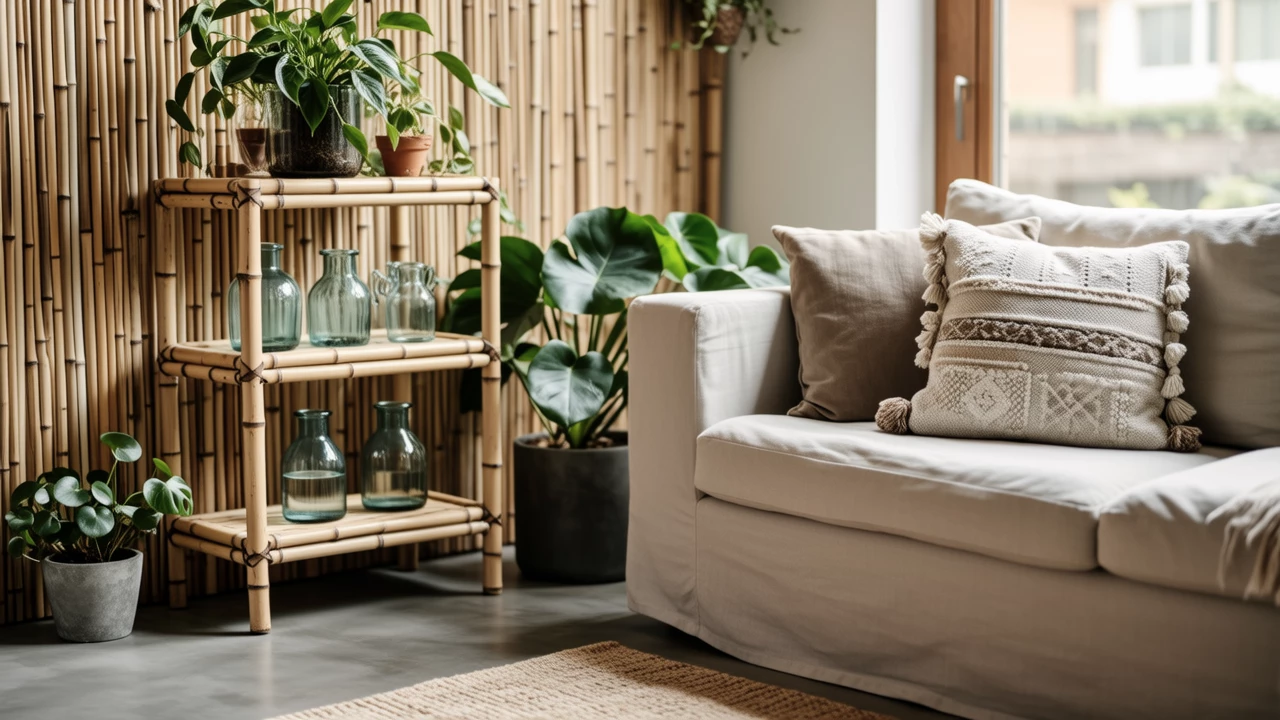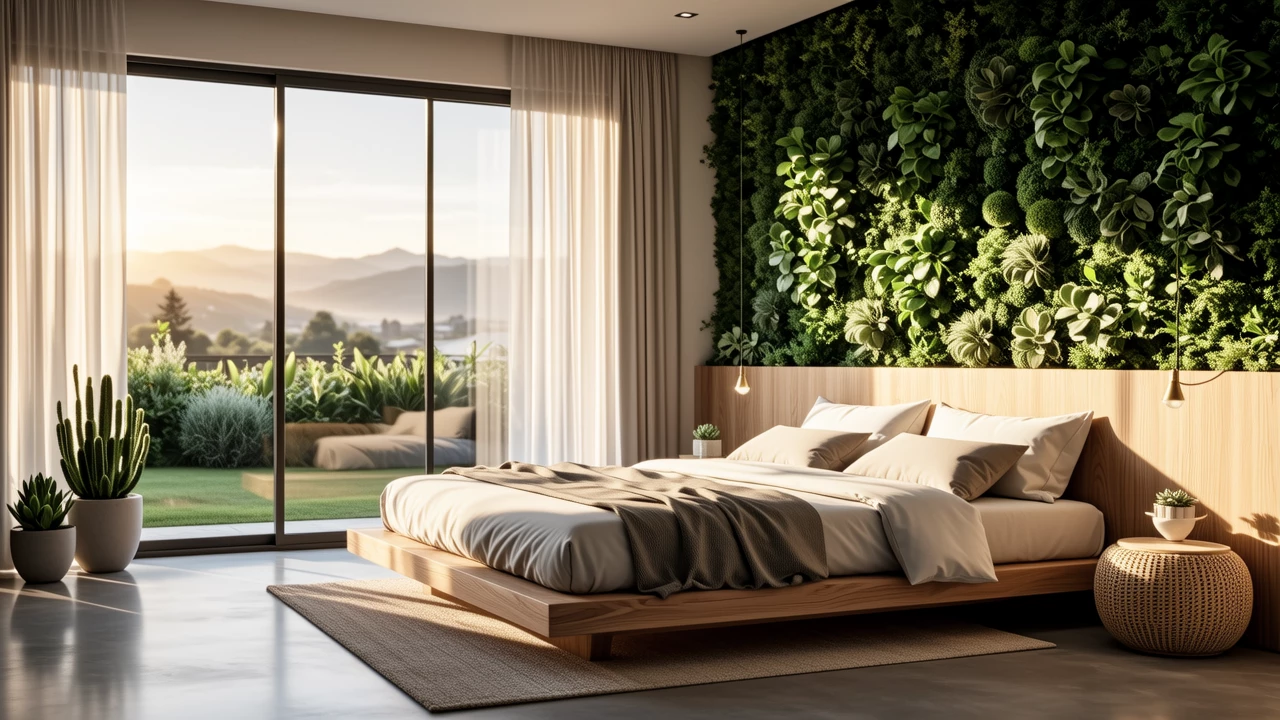Welcome to a glimpse into the future of home interior design! As we approach 2025, the world of home décor is evolving in exciting ways, blending innovation, sustainability, and personal expression. This year’s trends are all about creating spaces that are not only beautiful but also functional, eco-conscious, and tailored to your lifestyle. In this blog post, I’ll walk you through the top trends that are set to dominate homes in 2025, offering inspiration for your next decor update. From smart technology integrations to nostalgic revivals, these ideas will help you transform your living environment into a sanctuary of style and comfort.
One of the most prominent trends for 2025 is the emphasis on sustainable and eco-friendly designs. Homeowners are increasingly aware of their environmental impact and are choosing materials and products that support a greener lifestyle. This includes using renewable resources like bamboo and cork, opting for furniture made from recycled or upcycled materials, and incorporating energy-efficient elements such as LED lighting and solar panels. Beyond the practical benefits, this trend adds a warm, natural aesthetic to any room, making it feel both modern and timeless. Imagine a space filled with organic textures, neutral tones, and plants that purify the air—it’s all about harmony with nature.  Additionally, brands are focusing on ethical production, so you can feel good about your purchases while enjoying a stylish home.
Additionally, brands are focusing on ethical production, so you can feel good about your purchases while enjoying a stylish home.
Another key trend is the seamless integration of smart home technology. In 2025, homes are becoming more connected and automated, enhancing convenience and efficiency. Think voice-controlled lighting, smart thermostats that learn your preferences, and furniture with built-in charging stations. This isn’t just about gadgets; it’s about creating a cohesive environment where technology blends invisibly into the decor. For example, you might have minimalist speakers that double as art pieces or mirrors that display weather updates. The goal is to make daily life smoother without sacrificing aesthetics. As this trend grows, expect to see more customizable options that allow you to personalize your smart home setup to fit your needs perfectly.
Biophilic design continues to gain momentum in 2025, focusing on bringing the outdoors inside to improve well-being. This trend involves incorporating natural elements like wood, stone, and water features into your home, along with an abundance of plants. Large windows that maximize natural light, green walls, and indoor gardens are becoming staples. Research shows that biophilic design can reduce stress and boost creativity, making it a popular choice for urban dwellers. To embrace this trend, start with simple additions like potted herbs in the kitchen or a statement piece of live-edge wood furniture. It’s all about creating a calming, rejuvenating space that connects you to nature.  This approach not only looks stunning but also promotes a healthier lifestyle.
This approach not only looks stunning but also promotes a healthier lifestyle.
Multifunctional and adaptable spaces are essential for 2025, as homes continue to serve multiple purposes—from workspaces to entertainment hubs. With remote work and flexible living arrangements on the rise, furniture that can transform or serve dual functions is in high demand. Consider sofa beds that convert into home offices, modular shelving that reconfigures easily, or foldable tables that save space. This trend emphasizes practicality without compromising on style, using sleek designs and neutral palettes to keep things versatile. It’s perfect for smaller homes or anyone looking to maximize their square footage. By investing in smart furniture, you can create a home that adapts to your changing needs effortlessly.
The revival of vintage and retro styles is making a big comeback in 2025, adding character and nostalgia to modern interiors. Think mid-century modern furniture, art deco accents, and patterns inspired by the ’70s and ’80s. This trend is all about mixing old and new—perhaps a vintage rug paired with contemporary art or antique lighting in a minimalist room. It allows for personal expression and tells a story through decor. To incorporate this, scour thrift stores or online marketplaces for unique pieces that